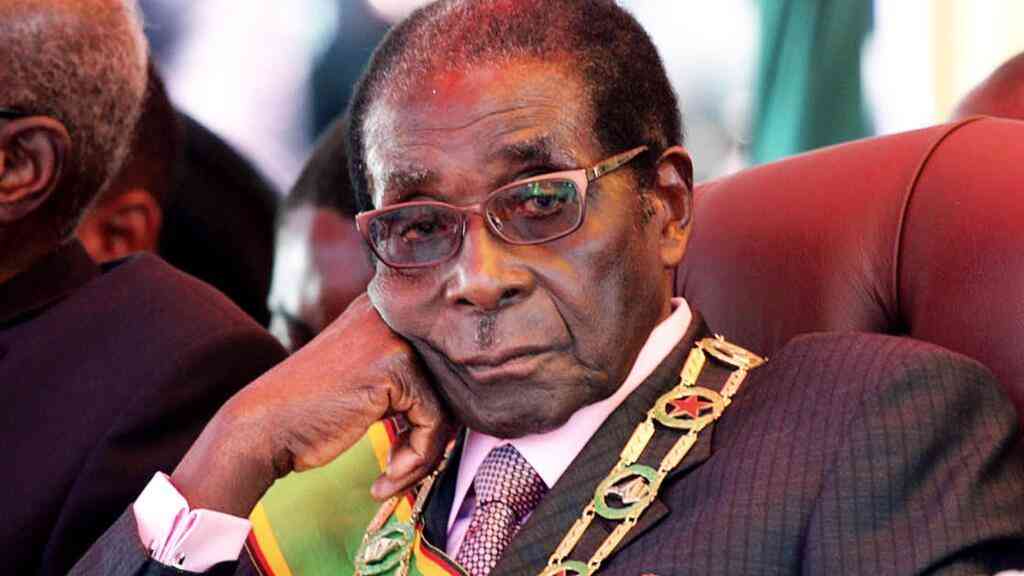
TOBACCO farmers have resorted to using generators and coal as alternatives during the curing season because of rolling electricity outages.
Curing is a process by which the harvested tobacco leaf is made ready for the market.
Zimbabwe faces severe power cuts lasting up to 18 hours per day due to depressed generation capacity.
Farmers with old machinery are hugely affected by the power cuts because they use up a lot more fuel.
An old model curer uses 15 litres of diesel per hour to produce 1 000 kilogrammes of top leaf tobacco per day.
Roc Systems, a company that specialiaes in large-scale farming and selling of large-scale farming machinery, said running of generators was the only option.
Speaking to NewsDay, Roc Systems director and marketing executive Louise Stokes said: “Running generators when there’s no electricity is the only option and hugely affects farmers with old curers such as modros and older chongololos.
“However, farmers using more modern chongololos and tunnels use considerably less electricity and, therefore, the generating costs are more manageable.
- Land tenure insecurity stalling production: EU
- TRB urges tobacco farmers to choose recommended varieties
- Farmers turn to generators, coal for tobacco cure
- Tobacco sales rake in US$574m
Keep Reading
“For example, a modern tunnel will use about one litre of diesel per hour to produce 1 000kg/per day of top leaf tobacco compared to modros that will use about 15 litres of diesel/ hour to produce 1 000kg of top leaf per day.”
In a statement, the Tobacco Industry and Marketing Board said: “The prices of tobacco can only be ascertained when the marketing season commences. Tobacco farmers use different types of fuel to cure their tobacco. We do not have the statistics to determine how many use electricity and to what extent the load-shedding has impacted them.”
According to available statistics, Zimbabwe earned US$650 million during the 2022 tobacco marketing season which closed in October, up from US$589 million the previous year.
The bulk of the tobacco is sold through contract floors.






